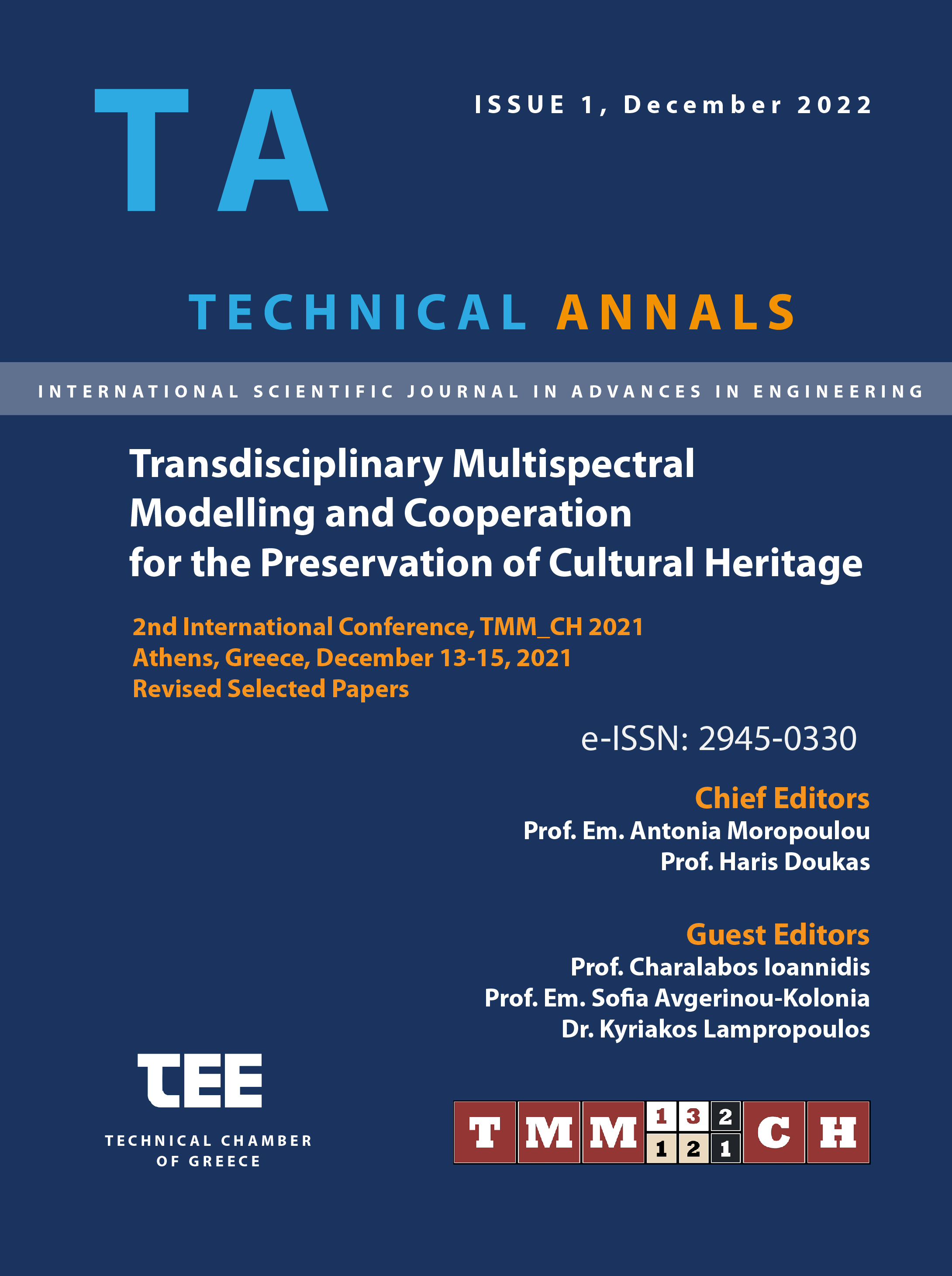Inspecting the healing process in an artificial stone used for repair works containing crystallines

Abstract
Stone has been a basic building material of different monuments and structural components such as foundations and masonry. At the same time, dif-ferent types of stones have been used for decorative architectural elements, such as cornices, reliefs, colonnettes, and corbels. The maintenance of stone ele-ments is essential for the continuity of these structures. Many studies have been performed to produce stones with artificial materials. This study aims to present a new approach to artificial stone with self-healing capability. Crystallines have been implied in two different dosages: 0.8 and 1.6% w./w, to achieve this goal. The addition of the crystalline admixtures affected the physical properties, de-creasing the porosity and the capillary absorption, proving the sealing properties of the admixtures. The self-healing efficiency has been tested with the sorption test, recovery of compressive strength, and 3D acoustic microscopy. The crys-talline admixtures accelerate the self-healing, increasing the sealing efficiency by 20% and recovering compressive strength by 15%. The analysis by 3D to-mography provided results that confirm the healing of the crack hasn't occurred only on the surface but extended to a certain depth.
Article Details
- How to Cite
-
Tsampali , E., Amanatiadis , S., Karagiannis , G., & Stefanidou , M. (2022). Inspecting the healing process in an artificial stone used for repair works containing crystallines. Technical Annals, 1(1), 152–162. https://doi.org/10.12681/ta.32160
- Section
- Uni and interdisciplinary approach for the sustainable preservation of Cultural Heritage

This work is licensed under a Creative Commons Attribution-ShareAlike 4.0 International License.


